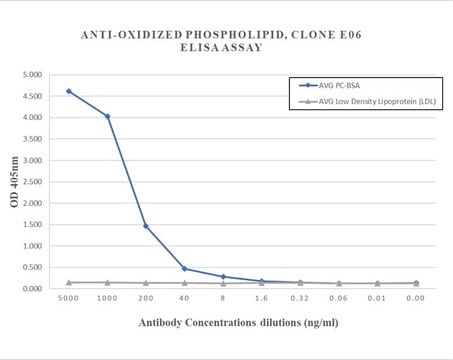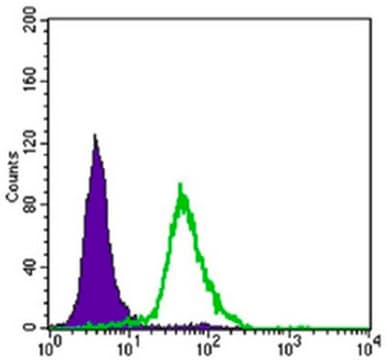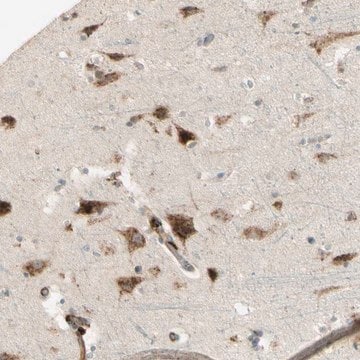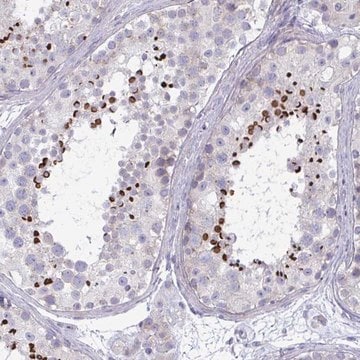330001S
Avanti
E06 mAb
E06 Mouse Monoclonal Antibody (IgM), Anti-(Oxidized Phospholipid), 1X PBS (Phosphate Buffered Saline) with 0.27 mM Na2 EDTA
Sinônimo(s):
E06 mAb, T15 antibody
About This Item
Produtos recomendados
forma do anticorpo
purified from hybridoma cell culture
tipo de produto de anticorpo
primary antibodies
Ensaio
>95%
Formulário
solution
embalagem
pkg of 1 × 0.1 mL (polypropylene tube with screw cap (330001S-100ug))
fabricante/nome comercial
Avanti Research™ - A Croda Brand 330001S
concentração
1 mg/mL (330001S-100ug)
Condições de expedição
dry ice
temperatura de armazenamento
−70°C
Descrição geral
Aplicação
Embalagem
Informações legais
Não está encontrando o produto certo?
Experimente o nosso Ferramenta de seleção de produtos.
Código de classe de armazenamento
12 - Non Combustible Liquids
Classe de risco de água (WGK)
nwg
Ponto de fulgor (°F)
Not applicable
Ponto de fulgor (°C)
Not applicable
Escolha uma das versões mais recentes:
Certificados de análise (COA)
It looks like we've run into a problem, but you can still download Certificates of Analysis from our Documentos section.
Se precisar de ajuda, entre em contato Atendimento ao cliente
Já possui este produto?
Encontre a documentação dos produtos que você adquiriu recentemente na biblioteca de documentos.
Nossa equipe de cientistas tem experiência em todas as áreas de pesquisa, incluindo Life Sciences, ciência de materiais, síntese química, cromatografia, química analítica e muitas outras.
Entre em contato com a assistência técnica


![[1,1′-Bis(diphenylphosphino)ferrocene]dichloropalladium(II)](/deepweb/assets/sigmaaldrich/product/structures/130/734/8846aa26-1858-458a-998d-8c306c13bf0f/640/8846aa26-1858-458a-998d-8c306c13bf0f.png)

![[Pd(OAc)2]3 reagent grade, 98%](/deepweb/assets/sigmaaldrich/product/structures/508/249/99a0ef2c-b77c-4d73-8ed9-0cca05b6b41f/640/99a0ef2c-b77c-4d73-8ed9-0cca05b6b41f.png)



